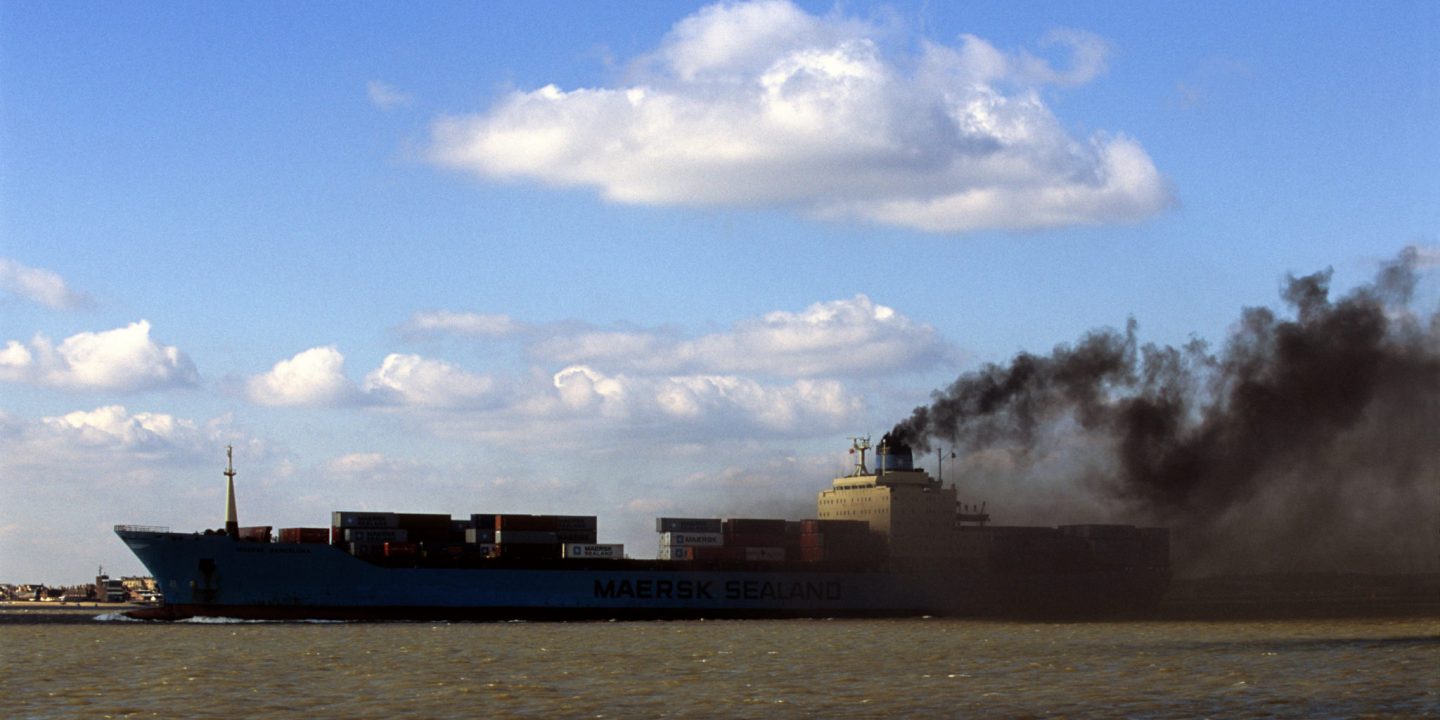How to reduce carbon emissions in shipping?
The logistics sector has become one of the fastest growing contributors of carbon emissions. Over the past 5 years reducing carbon emissions in shipping has become hot topic; carriers, freight agents and supply chain managers are under pressure to implement plans and strategies to minimise the impact that their shipments are having on the environment.

Due to every increasing rise in global trade and commerce, it is no surprise that the number of global shipments has vastly increased during the past decade. The demand to ship products globally is directly connected to the increase in shipments via rail, air, road and sea. All methods of transport, whether powered by traditional raw fuel, petroleum gas or electric, each produce carbon dioxide emissions. Until developments in technology provide an alternative source of energy capable of powering our vessels and vehicles, shipping will continuously be responsible for a significant increase in carbon dioxide emissions. With this in mind, how can a logistics company achieve carbon neutral or carbon zero status?
There are many methods for which a shipping company and minimise its carbon footprint, and supply chain managers can ensure that their logistics providers follow these measures, the major issue of burning raw fuel to power the vessels always remains. In order to combat the emissions of carbon which is directly associated with each shipment, we need to measure the amount of carbon that is emitted from the vessel during transportation.
If we can calculate the number of grams of carbon that is being emitted during transportation we can look at ways of contributing to climate protection projects and offset the carbon footprint associated we each shipment. If we ship a 40ft container of dry non-perishable cargo from Australia to the USA, with a weight of 24,000kg, our carbon emissions would be 2079.30 kg. In order to offset this, supply chain managers would need to contribute to a climate protection project for which their contribution would absorb 2079.30 kg of carbon; ie. plant enough trees to absorb 2079.30 kg of carbon dioxide. As a result, carbon emissions are offset and the shipment is carbon neutral.

Should companies take the responsibility to achieve carbon neutral status throughout all business activities of which contribute to the emissions of carbon dioxide, they would become a Carbon Zero business. Carbon Zero status is an aim for the majority of the leading logistics providers to achieve within the next decade.

